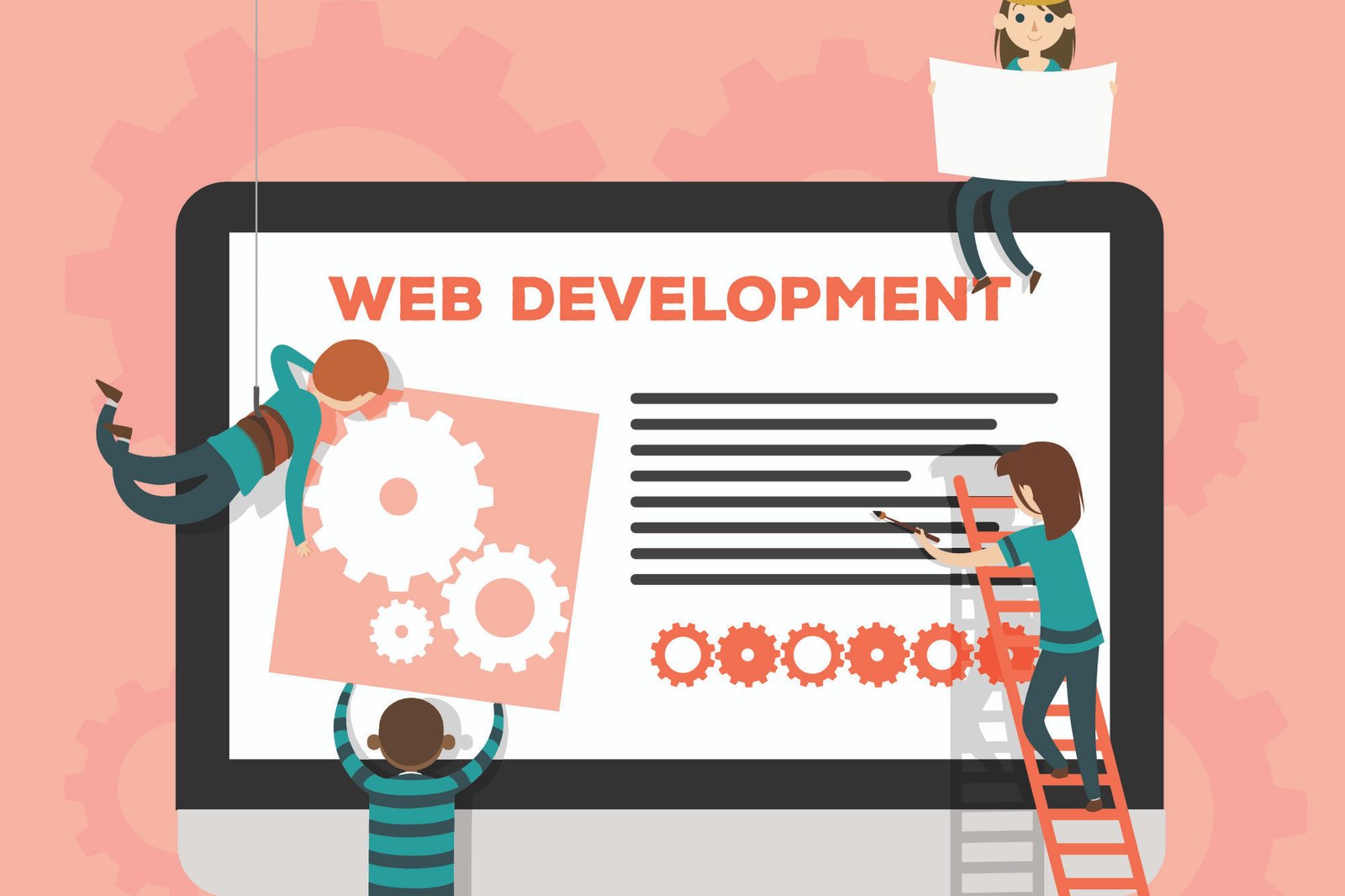
In the ever-evolving world of web development, the demand for flexible, scalable, and efficient content management solutions is growing rapidly. Traditional CMS platforms like WordPress or Joomla have long dominated the market, but a new player is redefining content management: Headless CMS. This innovative approach to managing and delivering content is gaining traction, raising an important question: Headless CMS is it the future of web development? Let’s explore why this modern solution is being touted as the next big step in content management.
What is a Headless CMS?
A headless CMS is a content management system that separates the back-end (content creation and storage) from the front-end (content presentation). Unlike traditional CMS platforms that are tightly coupled with a specific front-end, headless CMSs deliver content via an API (Application Programming Interface), allowing developers to present it on any platform or device.
In simpler terms, think of a headless CMS as a content repository with no predefined way to present the content. Developers have complete freedom to build custom front-end interfaces using their preferred technologies (React, Vue, Angular, etc.).
How Does a Headless CMS Work?
- Content Creation: Content editors and creators use the back-end of the headless CMS to create, manage, and store content. This process is similar to traditional CMS platforms.
- API Delivery: The content is stored in a database and exposed through RESTful APIs or GraphQL.
- Front-End Development: Developers use these APIs to fetch content and display it on various platforms, such as websites, mobile apps, IoT devices, or digital signage.
This decoupled approach provides unparalleled flexibility, allowing content to be reused and repurposed across different channels.
Why is Headless CMS Gaining Popularity?
1. Omnichannel Delivery
With the rise of smartphones, smartwatches, voice assistants, and other digital platforms, businesses need to deliver consistent content across multiple channels. A headless CMS makes it easier to manage and distribute content on various devices without creating separate back-ends.
2. Developer Freedom and Flexibility
Front-end developers can use modern frameworks and libraries without being restricted by the limitations of a monolithic CMS. This flexibility allows them to build more interactive and responsive user experiences.
3. Scalability and Performance
Headless CMSs are typically cloud-based and offer robust APIs, making it easier to scale applications as traffic grows. Separating the front-end and back-end also reduces server load, enhancing overall performance.
4. Future-Proofing Content
By decoupling content from presentation, businesses can adapt to new technologies or platforms without redesigning their entire system. Content stored in a headless CMS is ready to be used wherever needed, even if new channels emerge in the future.
5. Enhanced Security
Traditional CMSs often have known vulnerabilities that can be exploited. Since the front-end and back-end are separate in a headless CMS, there’s a smaller attack surface, improving security.
Popular Headless CMS Platforms
Some well-known headless CMS platforms include:
- Strapi: An open-source headless CMS that is highly customizable.
- Contentful: A cloud-based platform with strong API support.
- Sanity: Known for its real-time collaborative editing features.
- Prismic: Offers a great user experience for content editors.
- Ghost: Initially a blogging platform, it now supports headless functionality.
Challenges of Using a Headless CMS
While the benefits are clear, adopting a headless CMS does come with challenges:
- Complexity: Headless CMSs can be more complex to set up and manage compared to traditional systems, especially for non-technical users.
- Learning Curve: Content editors may need to adapt to new workflows and interfaces.
- Cost: Some headless CMS solutions, especially SaaS-based ones, can be expensive, particularly at scale.
However, as more tools and frameworks support headless architectures, these challenges are becoming easier to overcome.

Is Headless CMS the Future of Web Development?
The growing demand for omnichannel content delivery, coupled with the rise of modern front-end frameworks, suggests that headless CMS is not just a trend but a long-term shift. As businesses seek more scalable, flexible, and secure ways to manage content, the adoption of headless CMS is expected to continue growing.
However, headless CMSs may not completely replace traditional systems. For simple websites or projects where content and presentation are closely tied, traditional CMS platforms still offer convenience and ease of use. The future of web development may involve a hybrid approach where businesses choose the best CMS type based on their specific needs.
FAQ: (Headless CMS Is It the Future of Web Development)
1. What is the difference between a traditional CMS and a headless CMS?
A traditional CMS combines content creation, management, and presentation within a single system. A headless CMS separates content storage from presentation, delivering content via APIs.
2. Who should use a headless CMS?
Businesses that need to deliver content across multiple platforms (web, mobile, IoT) or those looking for greater flexibility in front-end development would benefit most from a headless CMS.
3. Can I use a headless CMS with WordPress?
Yes, WordPress can function as a headless CMS by using its REST API to deliver content to a custom front-end.
4. Is a headless CMS more secure than a traditional CMS?
Generally, yes. Since the front-end and back-end are separate, there’s less exposure to common vulnerabilities, making it harder for attackers to exploit the system.
5. What skills do I need to implement a headless CMS?
Developers need a good understanding of front-end frameworks (React, Vue, Angular) and working with APIs. Content creators will need to adapt to new content workflows.
6. Does a headless CMS support SEO?
Yes. While SEO requires more front-end work compared to traditional CMSs, modern front-end frameworks and headless CMSs offer ample tools to optimize content for search engines.
7. How do headless CMSs integrate with e-commerce platforms?
Headless CMSs can connect with e-commerce back-ends via APIs, allowing businesses to create unique shopping experiences across web and mobile platforms.
8. Is a headless CMS cost-effective?
Costs depend on the platform and scale. While headless CMS solutions can be more expensive, the long-term benefits often outweigh the initial investment.
Conclusion
As web development trends continue to evolve, headless CMS platforms are gaining traction due to their flexibility and scalability. Compared to traditional CMS systems like WordPress or Joomla
Headless CMS is revolutionizing how we think about content management and delivery. By separating content from presentation, businesses gain the flexibility to deliver engaging, consistent experiences across any platform. While it may not entirely replace traditional CMS platforms, the future of web development is undoubtedly leaning towards headless architectures. Whether you’re a developer, business owner, or content creator, understanding this shift is crucial for staying ahead in the digital landscape.
